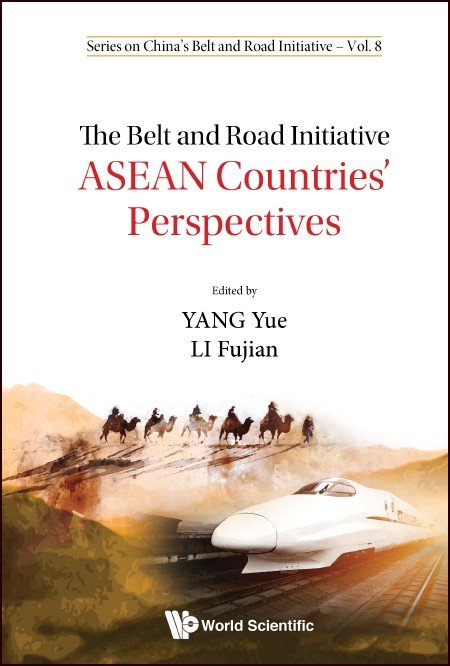System Upgrade on Tue, May 28th, 2024 at 2am (EDT)
Existing users will be able to log into the site and access content. However, E-commerce and registration of new users may not be available for up to 12 hours.For online purchase, please visit us again. Contact us at customercare@wspc.com for any enquiries.
ASEAN countries play a crucial role in the Belt and Road Initiative (BRI) that was initiated in 2013. A number of priority BRI projects have since been implemented. The implementation of BRI brings new opportunities and challenges to countries in the region, and also to regional integration.
In this book, researchers from universities and think-tanks in ASEAN countries study the BRI from the perspective of regional studies. It presents an analysis of responses on BRI of the government and people from individual ASEAN members.
The book addresses three areas: First, the strengths and weaknesses of ASEAN countries, and the opportunities and challenges for them in implementing the BRI (a SWOT analysis); second, the impacts of BRI on building the ASEAN community; and third, interactions between BRI and ASEAN-China cooperation.
Sample Chapter(s)
Chapter 4 - Perspective on the Belt and Road Initiative: Opportunities and Challenges
Contents:
- ASEAN–China Cooperation Under the Framework of the Belt and Road Initiative: A Comparative Study on the Perspectives of China and ASEAN (Yang Yue and Li Fujian)
- Cambodia and the Belt and Road Initiative: Opportunities and Challenges (Pich Charadine)
- The Belt and Road Initiative and China–ASEAN Relations: An Indonesian Perspective (Nur Rachmat Yuliantoro)
- Perspective on the Belt and Road Initiative: Opportunities and Challenges (Khamkieng Chanthavong)
- The Five Areas of Connectivity Between Malaysia and China: Challenges and Opportunities (Ngeow Chow Bing)
- Synergizing BRI and Myanmar's Development Agenda (Kyee Myint)
- Philippine Perspectives on the Belt and Road Initiative (Lucio Blanco Pitlo III and Aaron Jed Rabena)
- Singapore–China Relations: Seeking Continued Relevance Through Greater Connectivity (Lye Liang Fook)
- Thai Perspectives on the Belt and Road Initiative (Suwannarat Meesomboonpoonsuk)
- The Belt and Road Initiative: Vietnam's Perspectives (Nguyen Huy Hoang)
- Smart Cities in East Asia: ASEAN–China Cooperation in the BRI and Its Digital Nexus (Lim Tai Wei)
Readership: Academics, policymakers, professionals, undergraduate and graduate students interested in the Belt and Road Initiative, ASEAN countries' responses on BRI and China–ASEAN relations.
























